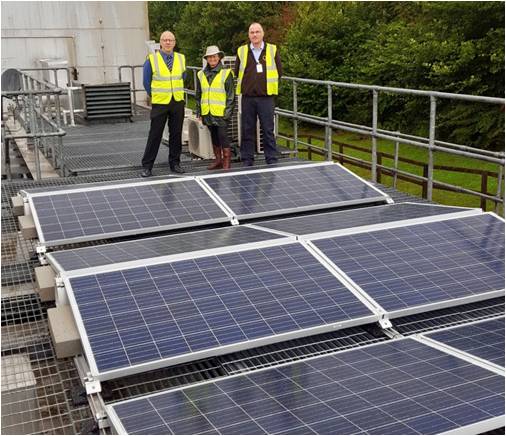
UK Power Networks (UKPN) has introduced a new tool to help guide local authorities in sourcing future sites for community-owned solar farms.
Across London, the East and South East, 80% of local authorities have declared a climate emergency, and most are creating energy plans.
UKPN, which distributes electricity in these areas, has combined 18 datasets to develop the new IRENES tool at ukpowernetworks.opendatasoft.com.
The tool combines spatial and land use datasets for ground-based solar PV and onshore wind, over 18,000 square kilometres.
Anglia Ruskin University and the University of East Anglia led this collaborative project, which is supported by UK Power Networks’ Distribution System Operator (DSO) and the Greater South East Net Zero Hub.
The data can be filtered and layered with other useful Net Zero datasets in UKPN’s Open Data Portal to view the energy capacity currently available. Users can generate a map with traffic light colour coding showing locations for new projects.
The energy provider’s funding helped scale the original scope from five county councils to 133 local authorities serving 5.6 million residents within six months.
The technology also aligns with the ‘Energy Data Taskforce: A Strategy for a Modern Digitalised Energy System’ report commissioned by the government, Ofgem, and Innovate UK.
The report sets out five key recommendations to modernise the UK energy system and drive it towards a Net Zero future.
Lynne McDonald, head of Local Net Zero at UK Power Networks’ Distribution System Operator, said: “This partnership showcases our DSO’s collaboration across sectors to support local authorities in easily accessing essential data for their decarbonisation plans.”
Peter Gudde, Net Zero programme lead at Greater South East Net Zero Hub, added: “The Greater South East Net Zero Hub has been supporting the development of the IRENES Land Use Tool to enable locally developed renewable energy generation.”
This article first appeared on Solar Power Portal’s sister publication Current±.

